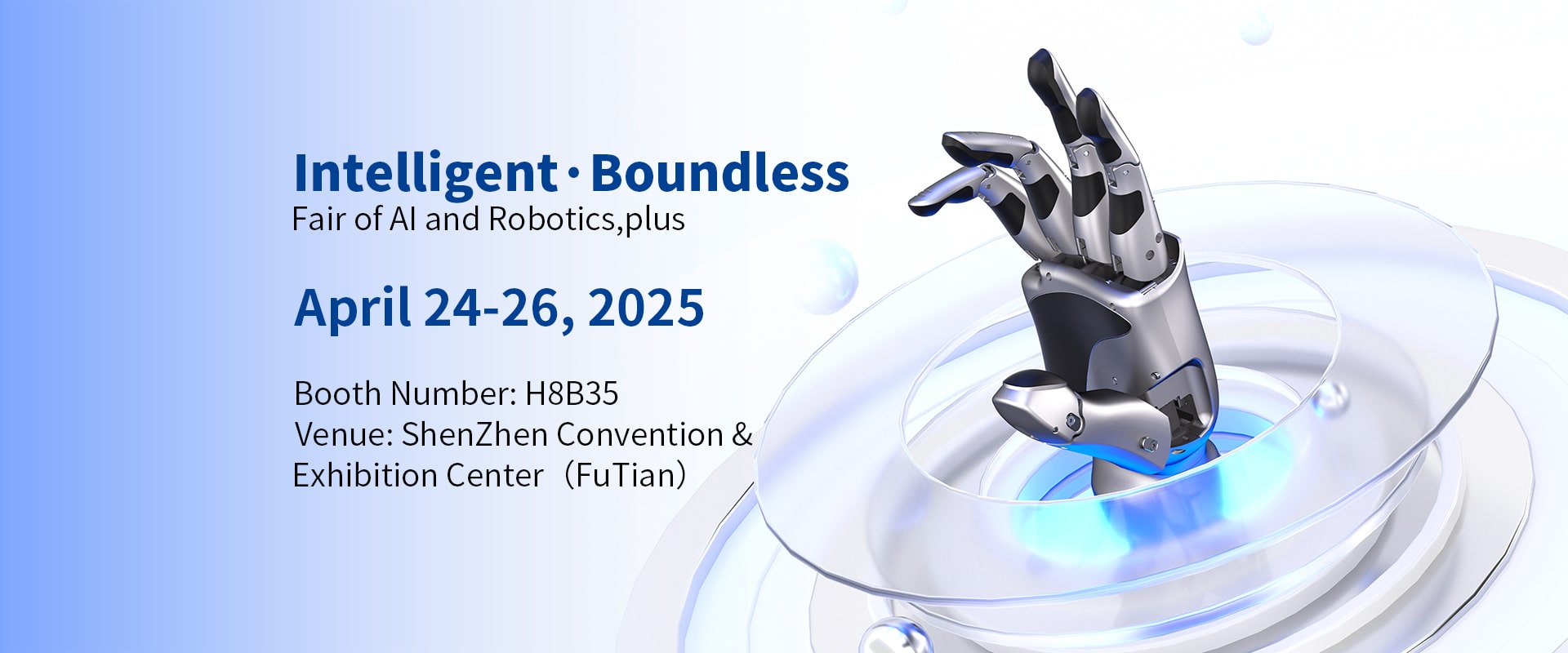Introduction: The Quest for Efficiency
Imagine a world where operational inefficiencies hinder progress. In many industries, this scenario is all too familiar, particularly when mechanical systems fall short of expectations. Enter the electric linear actuator, a pivotal innovation designed to transform how we approach automation. These devices offer precise control and reliable performance, addressing the pain points of outdated solutions effortlessly.

Traditional Solutions: Limitations and Shortcomings
Many traditional devices rely on hydraulic or pneumatic systems, which can be cumbersome and less reliable. Why do failures always occur during critical operations? The conventional hydraulic solutions are often plagued by leaks, while pneumatic systems demand regular maintenance. Their bulky nature also limits installation flexibility. As industries evolve, a pressing need has arisen for a more efficient alternative — one that can provide consistent performance without these age-old drawbacks.
New Technology Principles: The Rise of Electric Linear Actuators
Electric linear actuators represent a shift toward modern technology principles, using electricity to create linear motion with remarkable accuracy. These actuators integrate seamlessly with control systems and can adjust their motions based on real-time data—an innovation inspired by smart technology trends. Look, it’s simpler than you think! The concept is straightforward: electric linear actuators generate motion with greater precision, reduce energy consumption, and enhance operational efficiency.
Quantified User Benefits: Maximizing Potential
The benefits of adopting electric linear actuators are quantifiable. Users have reported enhanced efficiency ratings, with some companies noting up to 30% increases in productivity after the switch. These advantages stem from reduced downtime and lower maintenance demands, which allow businesses to allocate resources more effectively. By implementing electric linear actuators, organizations not only achieve operational excellence but can also enjoy significant cost savings.
Conclusion: Evaluating Your Options
When seeking solutions in automation, consider this: Always verify these 3 metrics when choosing solutions: ① Efficiency rates ② Maintenance requirements ③ Compatibility with existing systems. Educating oneself on these parameters ensures informed decision-making, ultimately leading to more successful implementations and better overall performance.
Electric Linear Actuators Suppliers: Finding the Right Partner
As industries increasingly lean on automated solutions, identifying reliable electric linear actuators suppliers is essential for success. Reputable suppliers offer not only the latest technology but also vital support during the integration process. This partnership can significantly affect the operational capabilities of your projects since the right supplier aligns with your unique needs and growth ambitions.
Linear Actuator Electric: A Strategic Asset
Incorporating a linear actuator electric into your systems can streamline operations remarkably. These devices empower engineers to develop systems that perform reliably under varying conditions, making them indispensable in sectors ranging from healthcare to manufacturing. Leveraging the precision and control of electric linear actuators allows for innovative applications that enhance functionality while reducing the incurred costs of traditional systems.

In summary, the advancements in electric linear actuator technology offer substantial advantages over older mechanical solutions. By leveraging the expertise of industry leaders like DH-Robotics, businesses can access superior products and beneficial support. The strategic adoption of these devices not only meets today’s demands but also prepares organizations for a successful future in automation.